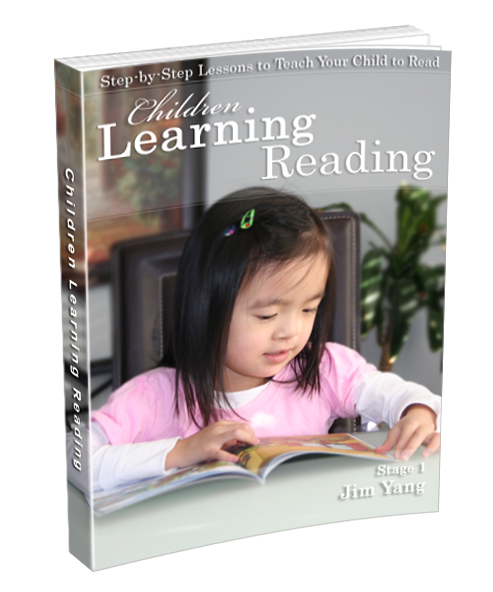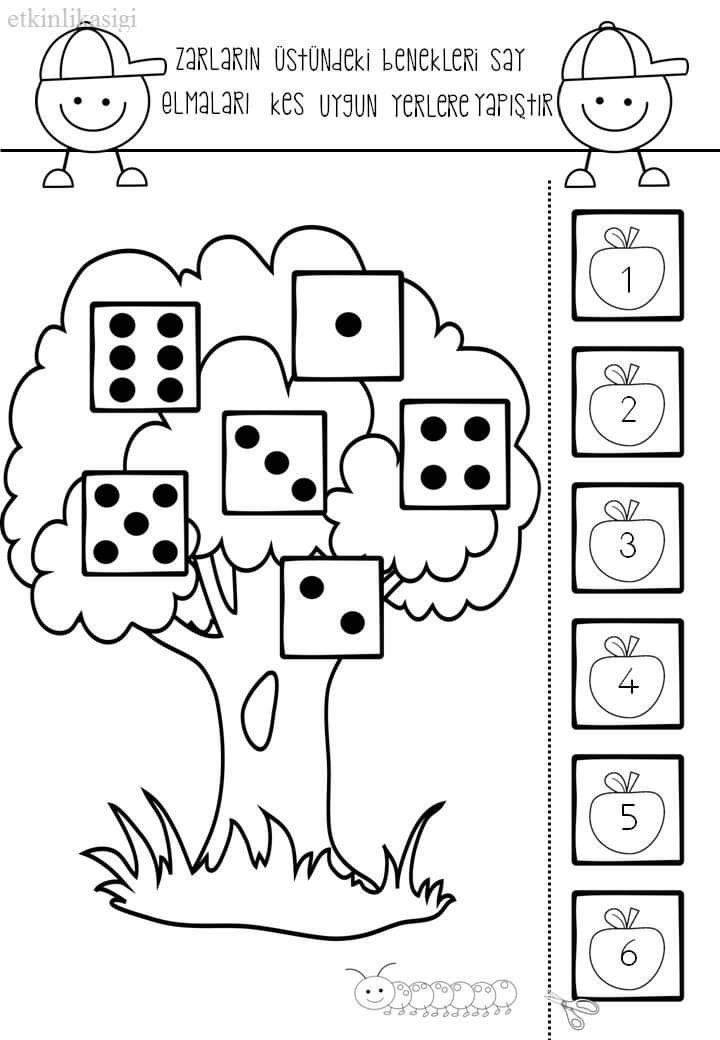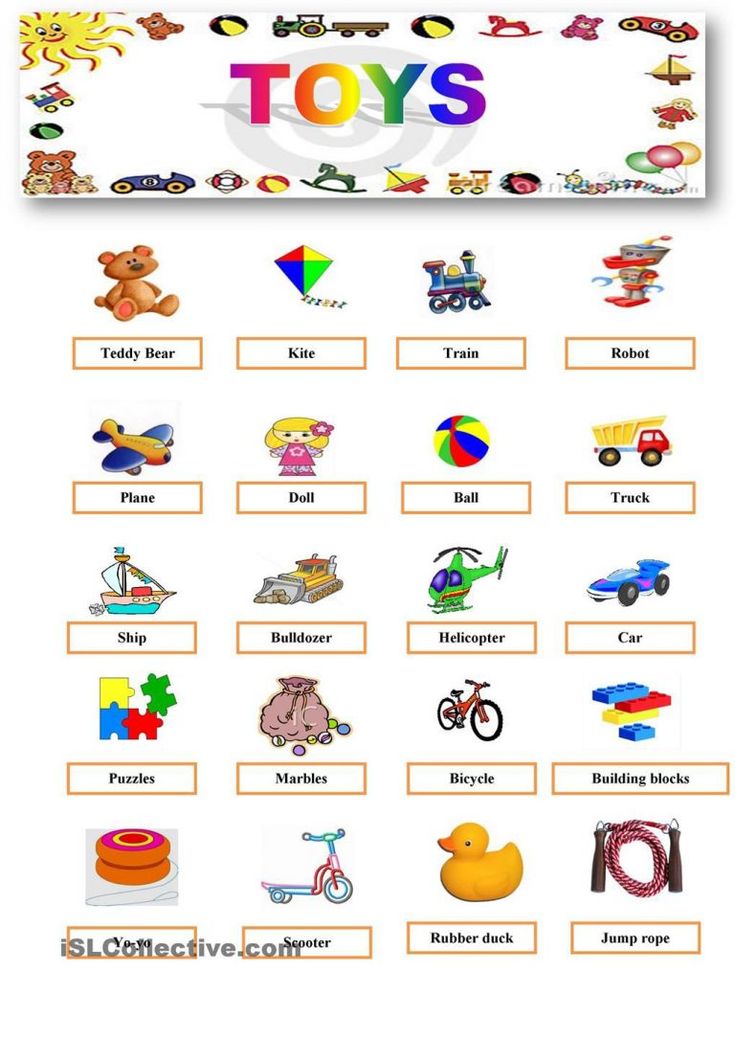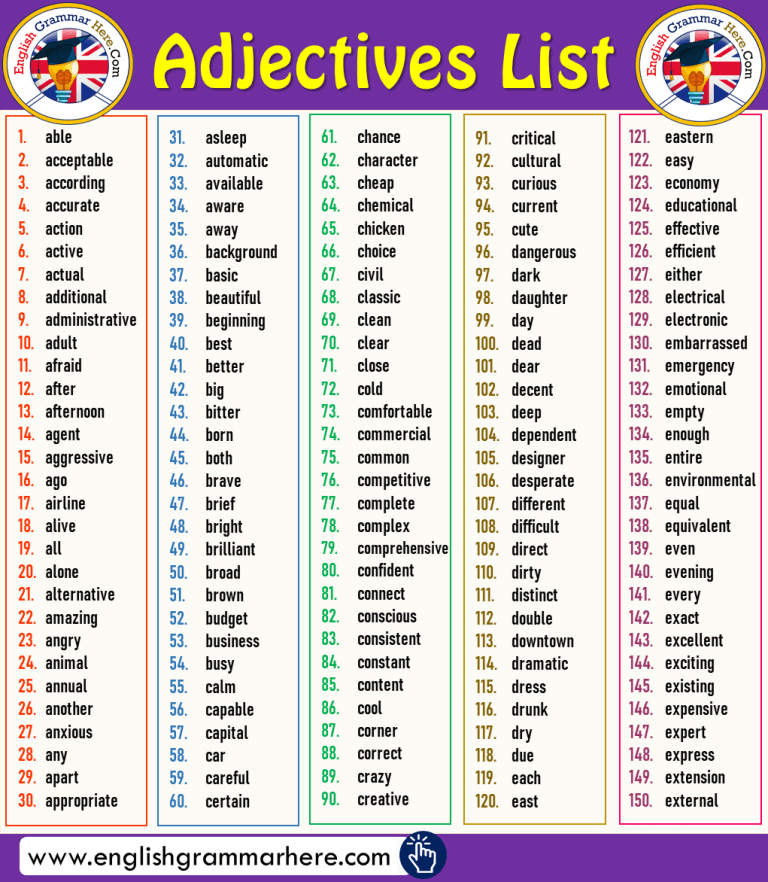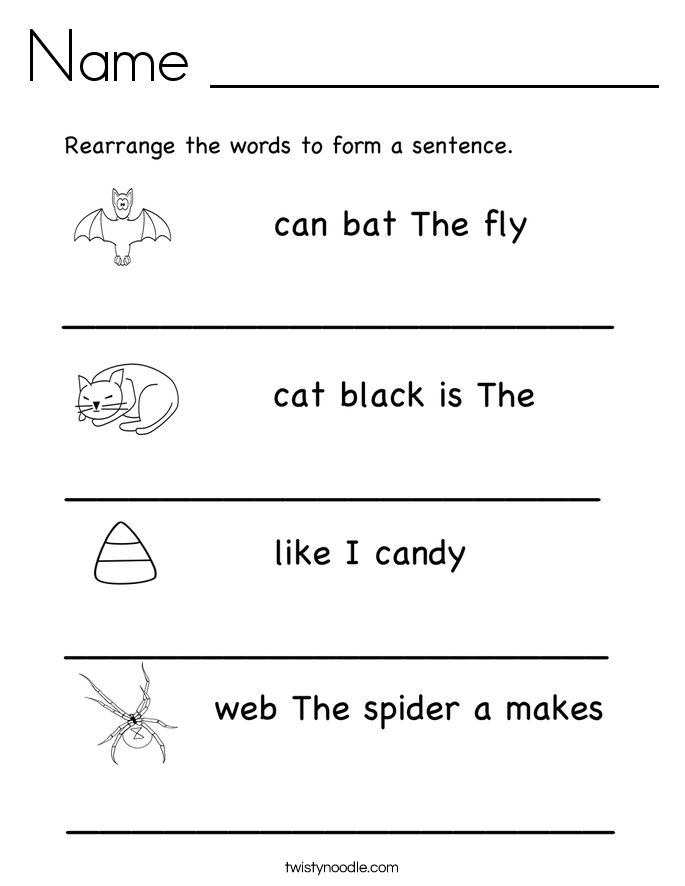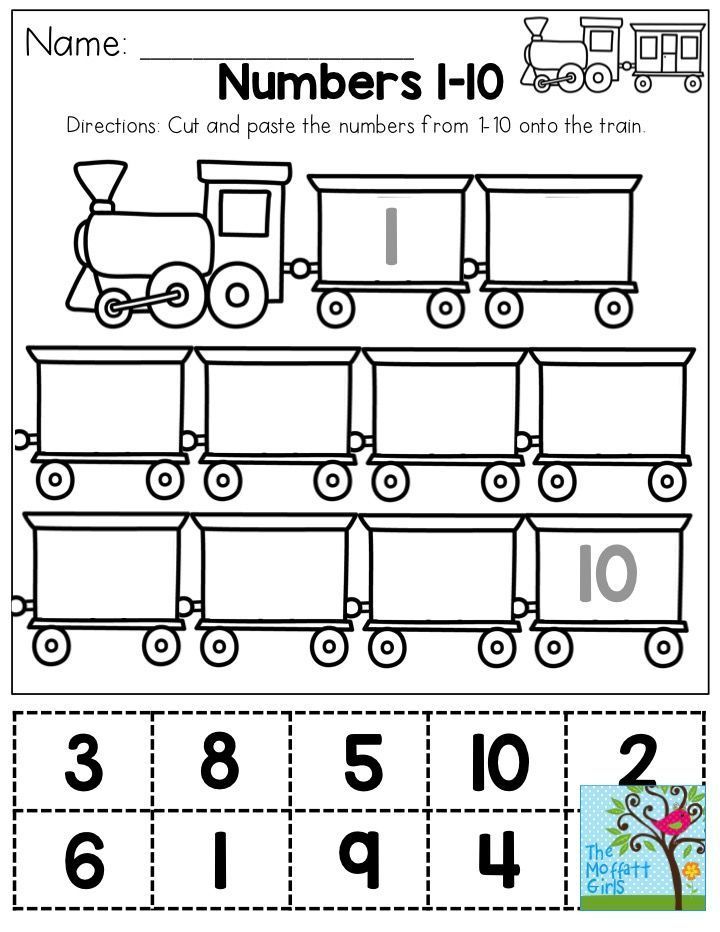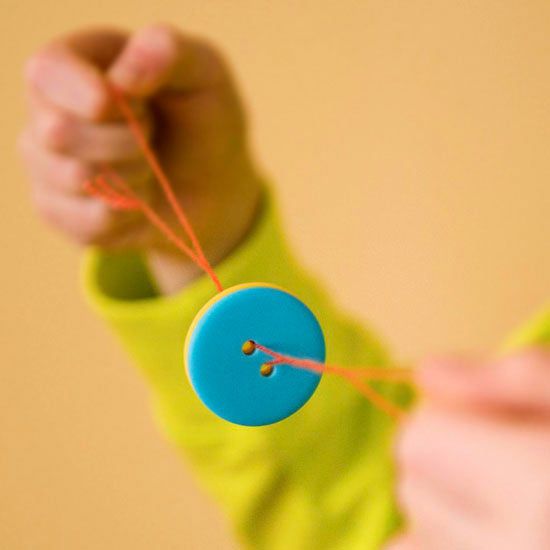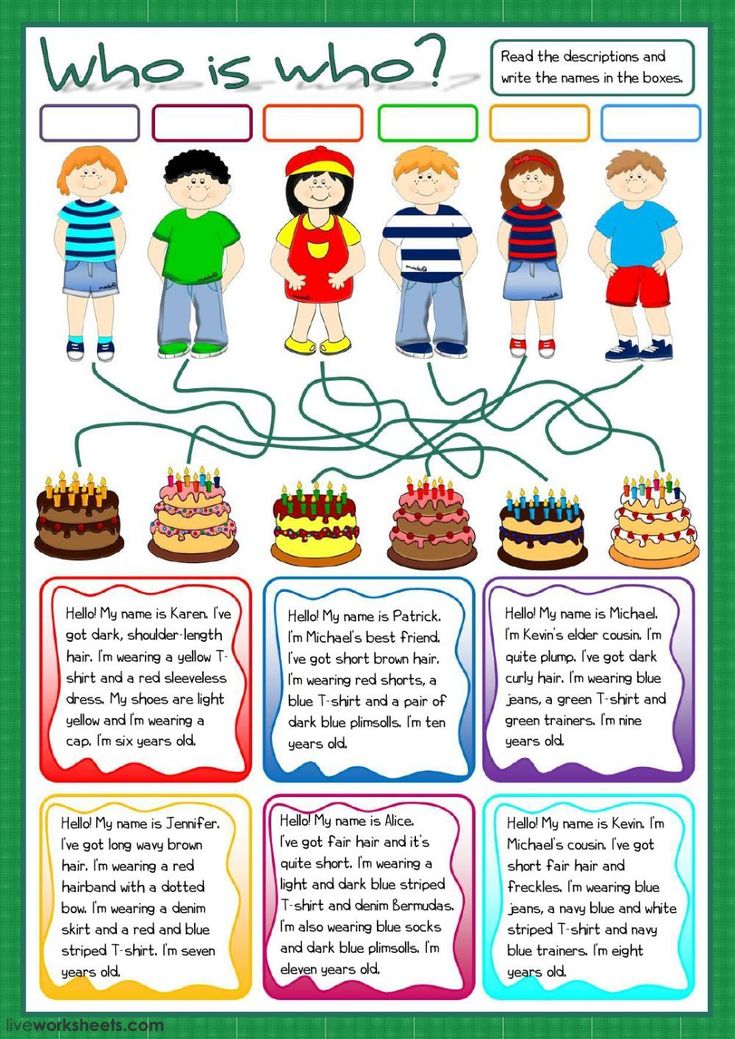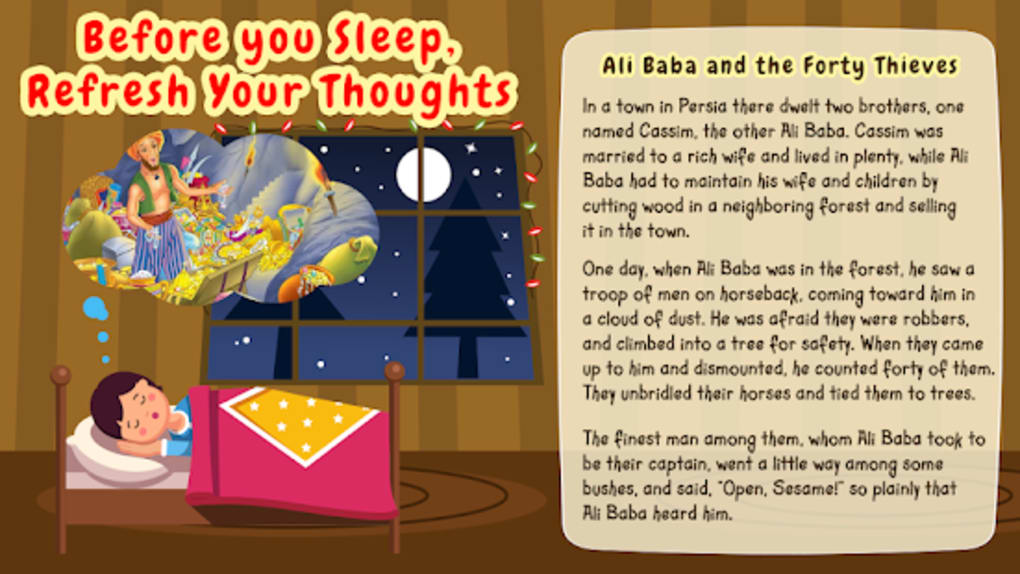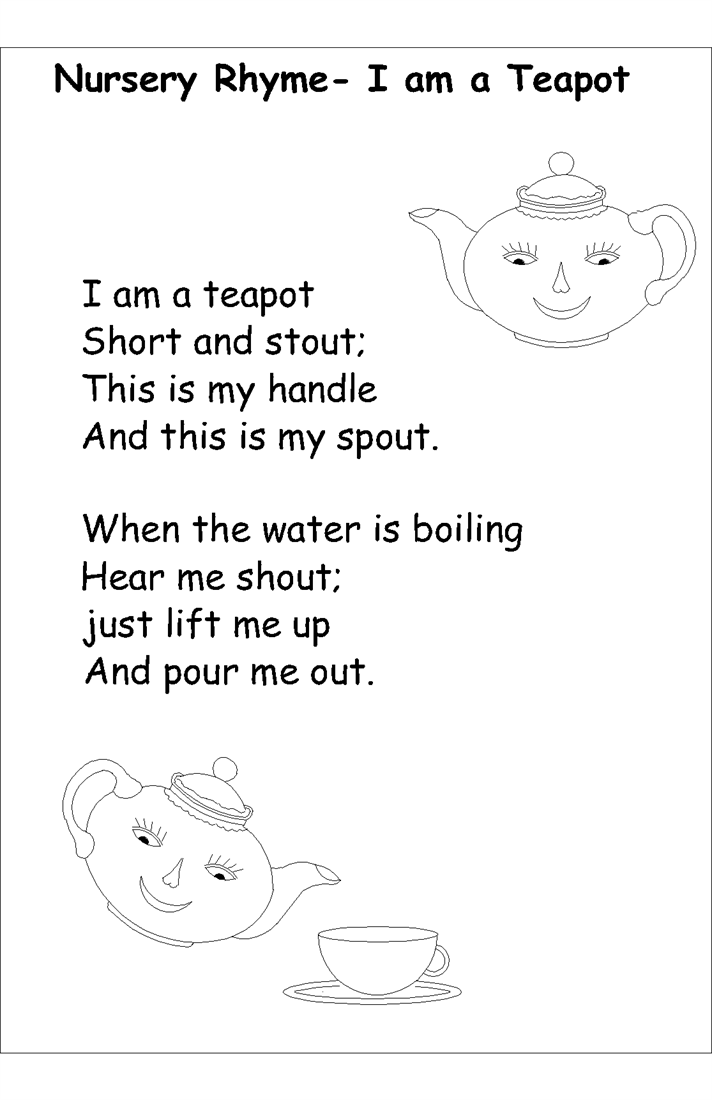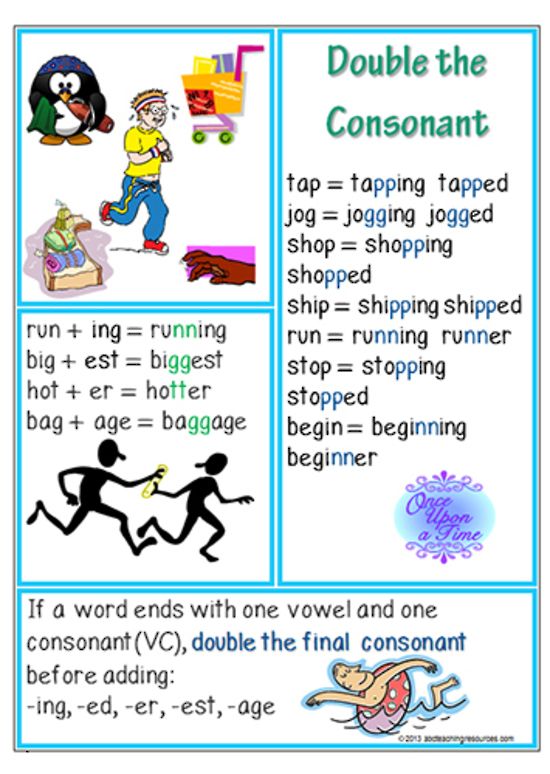Learn child to read
9 Fun and Easy Tips
With the abundance of information out there, it can seem like there is no clear answer about how to teach a child to read. As a busy parent, you may not have time to wade through all of the conflicting opinions.
That’s why we’re here to help! There are some key elements when it comes to teaching kids to read, so we’ve rounded up nine effective tips to help you boost your child’s reading skills and confidence.
These tips are simple, fit into your lifestyle, and help build foundational reading skills while having fun!
Tips For How To Teach A Child To Read
1) Focus On Letter Sounds Over Letter Names
We used to learn that “b” stands for “ball.” But when you say the word ball, it sounds different than saying the letter B on its own. That can be a strange concept for a young child to wrap their head around!
Instead of focusing on letter names, we recommend teaching them the sounds associated with each letter of the alphabet. For example, you could explain that B makes the /b/ sound (pronounced just like it sounds when you say the word ball aloud).
Once they firmly establish a link between a handful of letters and their sounds, children can begin to sound out short words. Knowing the sounds for B, T, and A allows a child to sound out both bat and tab.
As the number of links between letters and sounds grows, so will the number of words your child can sound out!
Now, does this mean that if your child already began learning by matching formal alphabet letter names with words, they won’t learn to match sounds and letters or learn how to read? Of course not!
We simply recommend this process as a learning method that can help some kids with the jump from letter sounds to words.
2) Begin With Uppercase Letters
Practicing how to make letters is way easier when they all look unique! This is why we teach uppercase letters to children who aren’t in formal schooling yet.
Even though lowercase letters are the most common format for letters (if you open a book at any page, the majority of the letters will be lowercase), uppercase letters are easier to distinguish from one another and, therefore, easier to identify.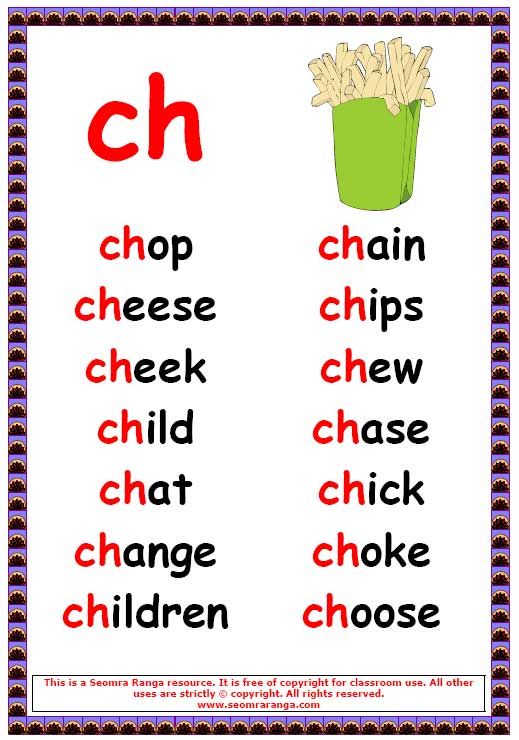
Think about it –– “b” and “d” look an awful lot alike! But “B” and “D” are much easier to distinguish. Starting with uppercase letters, then, will help your child to grasp the basics of letter identification and, subsequently, reading.
To help your child learn uppercase letters, we find that engaging their sense of physical touch can be especially useful. If you want to try this, you might consider buying textured paper, like sandpaper, and cutting out the shapes of uppercase letters.
Ask your child to put their hands behind their back, and then place the letter in their hands. They can use their sense of touch to guess what letter they’re holding! You can play the same game with magnetic letters.
3) Incorporate Phonics
Research has demonstrated that kids with a strong background in phonics (the relationship between sounds and symbols) tend to become stronger readers in the long-run.
A phonetic approach to reading shows a child how to go letter by letter — sound by sound — blending the sounds as you go in order to read words that the child (or adult) has not yet memorized.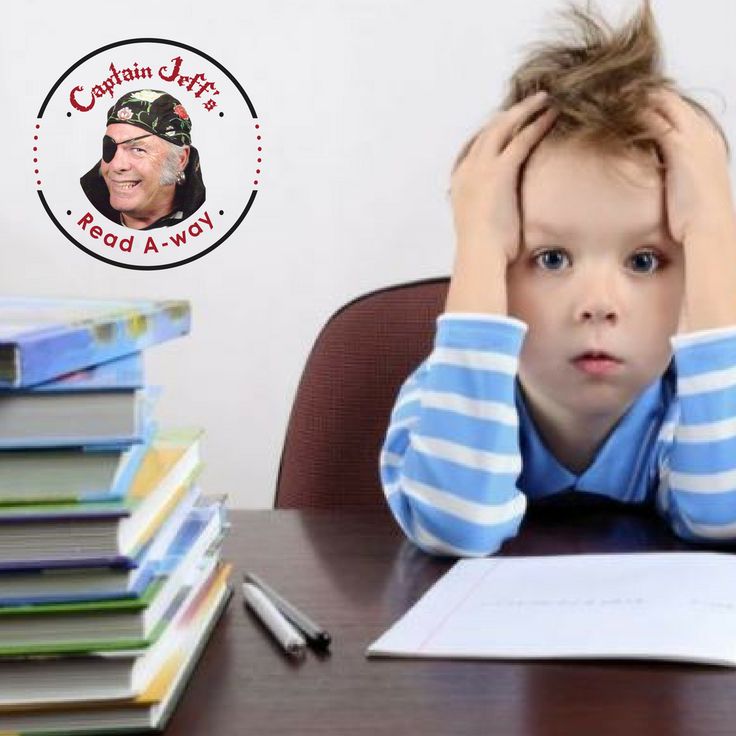
Once kids develop a level of automatization, they can sound out words almost instantly and only need to employ decoding with longer words. Phonics is best taught explicitly, sequentially, and systematically — which is the method HOMER uses.
If you’re looking for support helping your child learn phonics, our HOMER Learn & Grow app might be exactly what you need! With a proven reading pathway for your child, HOMER makes learning fun!
4) Balance Phonics And Sight Words
Sight words are also an important part of teaching your child how to read. These are common words that are usually not spelled the way they sound and can’t be decoded (sounded out).
Because we don’t want to undo the work your child has done to learn phonics, sight words should be memorized. But keep in mind that learning sight words can be challenging for many young children.
So, if you want to give your child a good start on their reading journey, it’s best to spend the majority of your time developing and reinforcing the information and skills needed to sound out words.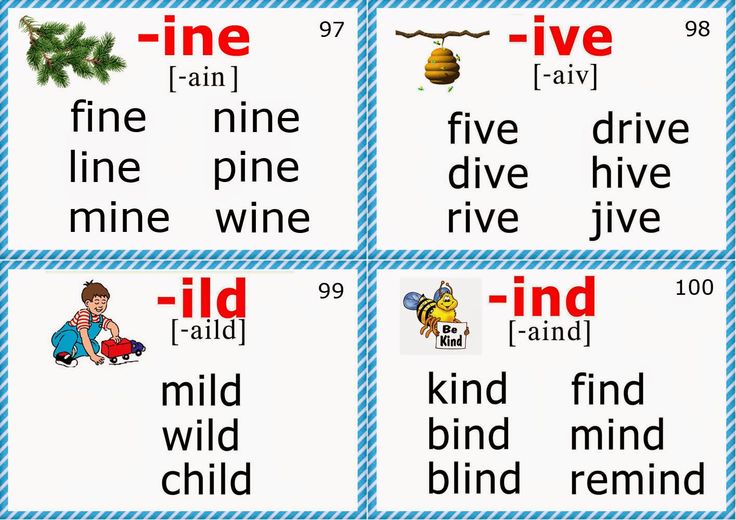
5) Talk A Lot
Even though talking is usually thought of as a speech-only skill, that’s not true. Your child is like a sponge. They’re absorbing everything, all the time, including the words you say (and the ones you wish they hadn’t heard)!
Talking with your child frequently and engaging their listening and storytelling skills can increase their vocabulary.
It can also help them form sentences, become familiar with new words and how they are used, as well as learn how to use context clues when someone is speaking about something they may not know a lot about.
All of these skills are extremely helpful for your child on their reading journey, and talking gives you both an opportunity to share and create moments you’ll treasure forever!
6) Keep It Light
Reading is about having fun and exploring the world (real and imaginary) through text, pictures, and illustrations. When it comes to reading, it’s better for your child to be relaxed and focused on what they’re learning than squeezing in a stressful session after a long day.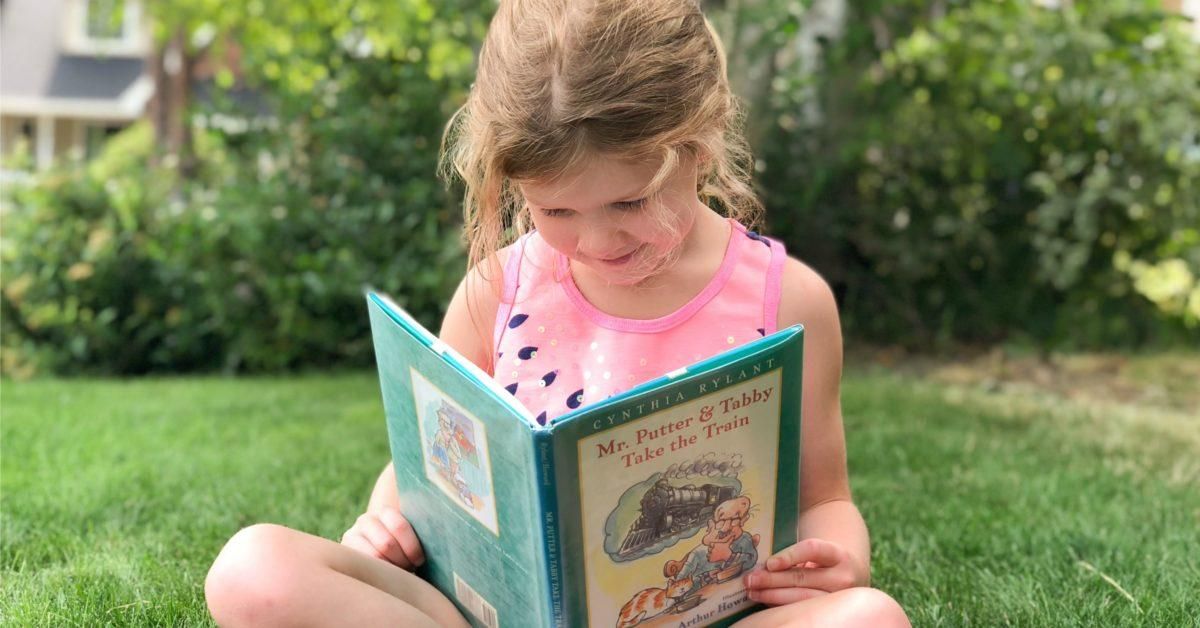
We’re about halfway through the list and want to give a gentle reminder that your child shouldn’t feel any pressure when it comes to reading — and neither should you!
Although consistency is always helpful, we recommend focusing on quality over quantity. Fifteen minutes might sound like a short amount of time, but studies have shown that 15 minutes a day of HOMER’s reading pathway can increase early reading scores by 74%!
It may also take some time to find out exactly what will keep your child interested and engaged in learning. That’s OK! If it’s not fun, lighthearted, and enjoyable for you and your child, then shake it off and try something new.
7) Practice Shared Reading
While you read with your child, consider asking them to repeat words or sentences back to you every now and then while you follow along with your finger.
There’s no need to stop your reading time completely if your child struggles with a particular word. An encouraging reminder of what the word means or how it’s pronounced is plenty!
Another option is to split reading aloud time with your child. For emerging readers, you can read one line and then ask them to read the next. For older children, reading one page and letting them read the next page is beneficial.
For emerging readers, you can read one line and then ask them to read the next. For older children, reading one page and letting them read the next page is beneficial.
Doing this helps your child feel capable and confident, which is important for encouraging them to read well and consistently!
This technique also gets your child more acquainted with the natural flow of reading. While they look at the pictures and listen happily to the story, they’ll begin to focus on the words they are reading and engage more with the book in front of them.
Rereading books can also be helpful. It allows children to develop a deeper understanding of the words in a text, make familiar words into “known” words that are then incorporated into their vocabulary, and form a connection with the story.
We wholeheartedly recommend rereading!
8) Play Word Games
Getting your child involved in reading doesn’t have to be about just books. Word games can be a great way to engage your child’s skills without reading a whole story at once.
One of our favorite reading games only requires a stack of Post-It notes and a bunched-up sock. For this activity, write sight words or words your child can sound out onto separate Post-It notes. Then stick the notes to the wall.
Your child can then stand in front of the Post-Its with the bunched-up sock in their hands. You say one of the words and your child throws the sock-ball at the Post-It note that matches!
9) Read With Unconventional Materials
In the same way that word games can help your child learn how to read, so can encouraging your child to read without actually using books!
If you’re interested in doing this, consider using PlayDoh, clay, paint, or indoor-safe sand to form and shape letters or words.
Another option is to fill a large pot with magnetic letters. For emerging learners, suggest that they pull a letter from the pot and try to name the sound it makes. For slightly older learners, see if they can name a word that begins with the same sound, or grab a collection of letters that come together to form a word.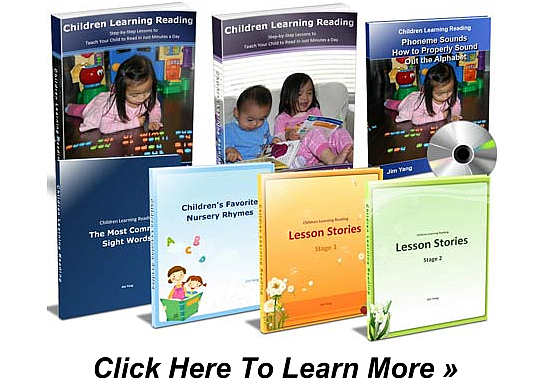
As your child becomes more proficient, you can scale these activities to make them a little more advanced. And remember to have fun with it!
Reading Comes With Time And Practice
Overall, we want to leave you with this: there is no single answer to how to teach a child to read. What works for your neighbor’s child may not work for yours –– and that’s perfectly OK!
Patience, practicing a little every day, and emphasizing activities that let your child enjoy reading are the things we encourage most. Reading is about fun, exploration, and learning!
And if you ever need a bit of support, we’re here for you! At HOMER, we’re your learning partner. Start your child’s reading journey with confidence with our personalized program plus expert tips and learning resources.
Author
10 Easy Steps to Teach Kids to Read
Teachers want their students to be successful in life, and one of the most important things for a child’s future is literacy.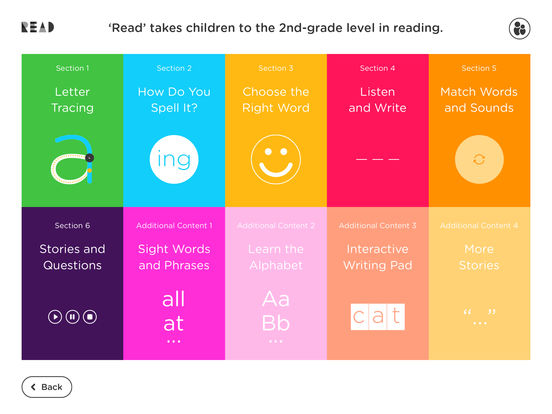 Reading is the foundation for all learning, and kids must learn how to read as early as possible. But teaching kids to read can be a daunting task – especially if you don’t know where to start.
Reading is the foundation for all learning, and kids must learn how to read as early as possible. But teaching kids to read can be a daunting task – especially if you don’t know where to start.
Don’t worry, though! We’ve got you covered. This blog post will outline ten simple steps to help teachers teach kids to read. But first, let’s take a look at why reading is so essential.
Take me straight to the 10 easy steps!
Why is Reading Important?Related Reading: Best Teaching Strategies for 2022
Reading is one of the essential skills a person can possess. It is necessary for success in school, and it is a prerequisite for many careers. In addition, reading allows people to learn about new things, explore other cultures, and understand the world around them.
So, how can teachers help their children become readers? Let’s discuss some fantastic techniques!
How to Teach Kids to Read: 10 Easy Steps1.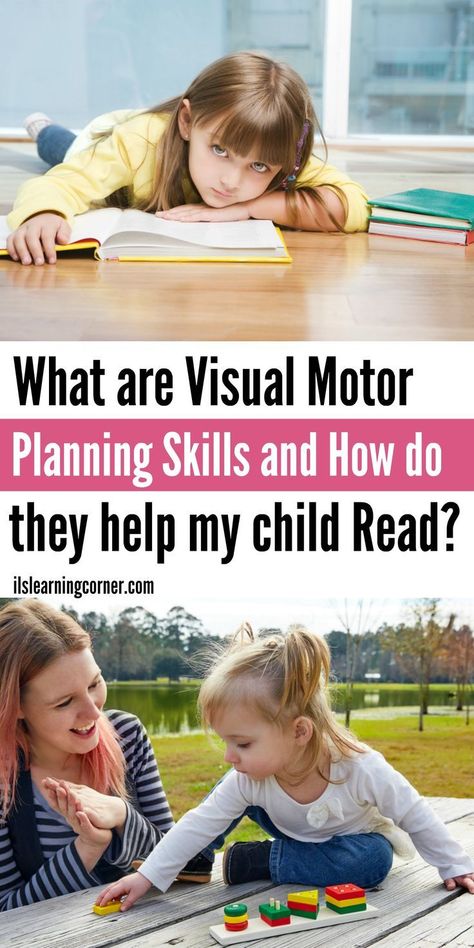 Start With Phonemic Awareness
Start With Phonemic AwarenessPhonemic awareness is the ability to hear, identify, and manipulate the individual sounds in words. This is an essential skill for reading, and it can be taught very early on. In fact, many schools start teaching phonemic awareness as early as kindergarten.
There are several activities that teachers can use to help kids develop phonemic awareness. For example, teachers can have students clap out the sounds in words, identify and spell rhyming words, and segment words into individual sounds.
2. Teach Sight WordsImage sourceSight words are the most common words in the English language, and they must be learned to read fluently. Teaching sight words can be tricky because there is no one set way to do it. However, there are a few general tips that teachers can follow.
One of the best ways to teach sight words is to use flashcards. Flashcards allow students to see and say the word several times, which helps them learn it better. In addition, teachers can use games and activities to help students learn sight words.
In addition, teachers can use games and activities to help students learn sight words.
Letter sounds are the individual sounds that letters make. Teaching letter sounds is another essential step in teaching kids to read. This can be done in various ways, but one of the most effective methods is to use flashcards.
Teachers can also use songs and rhymes to help students learn letter sounds. Songs and rhymes are fun to learn, and they allow students to remember information better.
4. Teach Word FamiliesWord families are groups of words that have the same ending letter sound. Teaching word families is a great way to help kids learn new words. In addition, it helps them understand how words are related to each other.
There are several ways that teachers can teach word families. One way is to use flashcards. Another way is to use word family charts. Charts allow students to see how the different words are related to each other.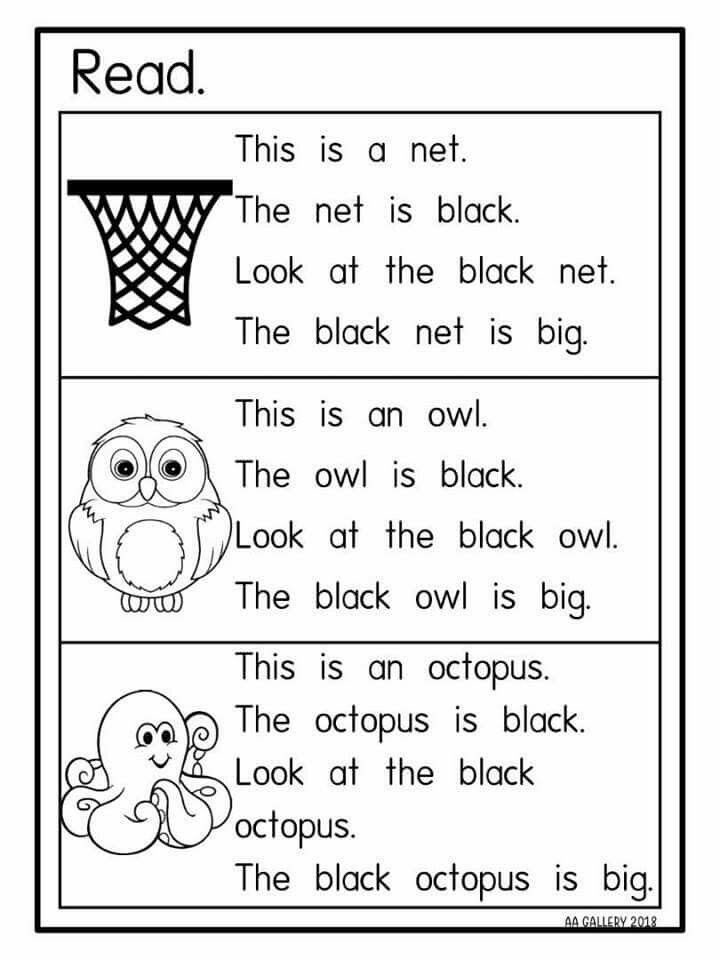
Stories are a great way to teach kids to read. They provide contextual clues and help kids understand what they are reading. In addition, stories are fun and exciting, which helps kids stay engaged in the learning process.
6. Make Reading Fun with GamesOne of the best ways to get kids interested in reading is to make it fun. Try different activities such as reading aloud, reading together, and reading challenges.
In addition, let kids read books they are interested in and provide various reading materials such as magazines, comics, and books. There are also different reading games offered by SplashLearn that can make reading more fun for kids.
7. Encourage Kids to Read IndependentlyKids learn to read best when they are allowed to practice and experiment independently. Encourage your child to read independently by setting aside time each day to read and provide various materials.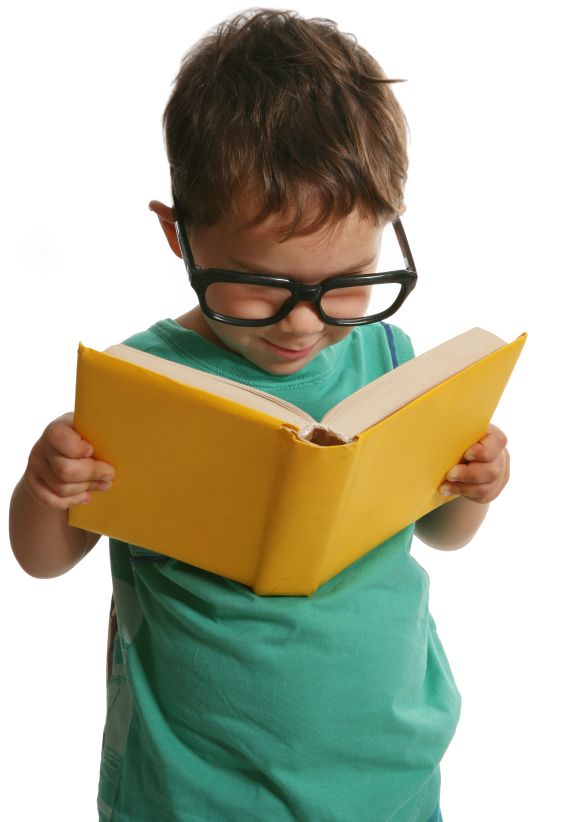 Be sure to praise your child for their efforts and successes, no matter how small.
Be sure to praise your child for their efforts and successes, no matter how small.
One of the most important things you can do as a parent is to help your child understand what they are reading. This can be done by asking questions about the text, discussing the characters and plot, and connecting what is read to the child’s own experiences.
Related Reading: Benefits of Reading Aloud in Classrooms9. Teach Kids to Use Context Clues
Context clues are words or phrases in a text that help explain the meaning of unknown words. Teaching kids to use context clues is an essential step in reading comprehension.
There are several ways that teachers can help students learn how to use context clues. One way is to provide them with a list of context clue words. Another way is to use word maps. Word maps help students see how the different parts of a word are related to each other.
It is crucial to monitor your child’s reading progress and make sure they are making adequate progress. One way to do this is to keep track of what words your child can read and what words they are still working on. In addition, be sure to ask your child questions about the text they are reading to check their comprehension.
Let’s Read!With these ten simple steps, you can help kids become a reader in no time! Reading is an essential life skill, and with the right tools and techniques, you can make sure your child masters it. Be sure to praise your students for their efforts and successes, and don’t forget to have fun while reading together!
Related Reading: How to Build Effective Project-Based Learning Plans for ClassroomsFrequently Asked Questions (FAQs)
How can I help my students understand what they are reading?
One of the best ways to help kids understand what they are reading is to discuss the text with them.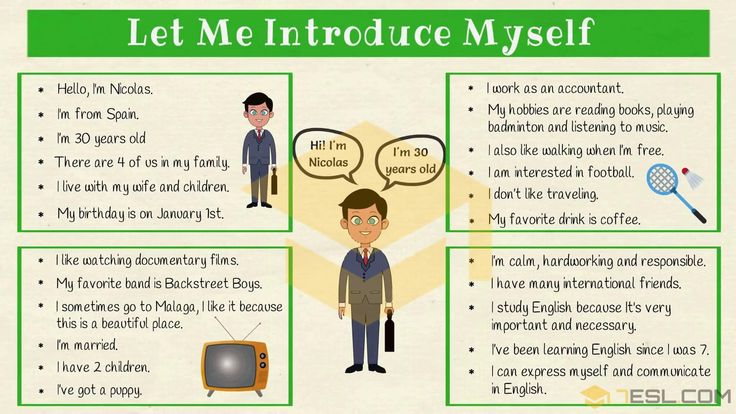 Ask questions about the characters and plot, and connect what is read to the child’s own experiences. In addition, please provide them with a list of context clue words.
Ask questions about the characters and plot, and connect what is read to the child’s own experiences. In addition, please provide them with a list of context clue words.
When do you consider a child to be a reader?
There is no one answer to this question, as reading proficiency varies from child to child. However, a good rule of thumb is to consider a child to be a reader when they are able to read fluently and understand what they are reading.
How can poems entice reluctant readers?
Poems can be a great way to get reluctant readers interested in reading. One way to do this is to read the poem aloud and have students follow along. In addition, ask questions about the poem to help students understand it better. Finally, connect the poem to the child’s own experiences.
What are some reading strategies that can help my students?
There are a variety of reading strategies that can help students become better readers. Some strategies include using context clues, asking questions about the text, and monitoring reading progress. In addition, teachers can use word maps to help students see how the different parts of a word are related to each other.
In addition, teachers can use word maps to help students see how the different parts of a word are related to each other.
How can phonological awareness help children become better readers?
Phonological awareness is the ability to hear and identify the individual sounds that makeup words. Teaching phonological awareness is an essential step in reading instruction. There are a variety of ways that teachers can help students learn about phonology. One way is to provide students with word cards. Another way is to use phonemic cueing.
What should I do if my students are struggling with reading?
If your students are struggling with reading, it is important to find out the root of the problem. One way to do this is by using a reading assessment. Once the problem has been identified, teachers can provide students with the appropriate interventions. In addition, it is important to monitor the child’s progress and make sure they are making adequate progress.
Is silent reading better for students than reading aloud?
Some students prefer silent reading, while others prefer reading aloud. It is important to allow students to choose the type of reading that works best for them. However, teachers need to provide both types of reading so that all students have the opportunity to experience both.
It is important to allow students to choose the type of reading that works best for them. However, teachers need to provide both types of reading so that all students have the opportunity to experience both.
How to teach a child to read: important rules and effective techniques
October 26, 2022 Likbez Education
Teaching a preschooler to read without losing interest in books is real. Lifehacker has selected the best ways for responsible parents.
How to understand that it is time to teach a child to read
There are several signs of psychological readiness.
- The child speaks fluently in sentences and understands the meaning of what is said. nine0012
- The child understands directions: left-right, up-down. For learning to read, it is important that the baby can follow the text from left to right and from top to bottom.
- The child distinguishes sounds (what speech therapists call developed phonemic hearing).
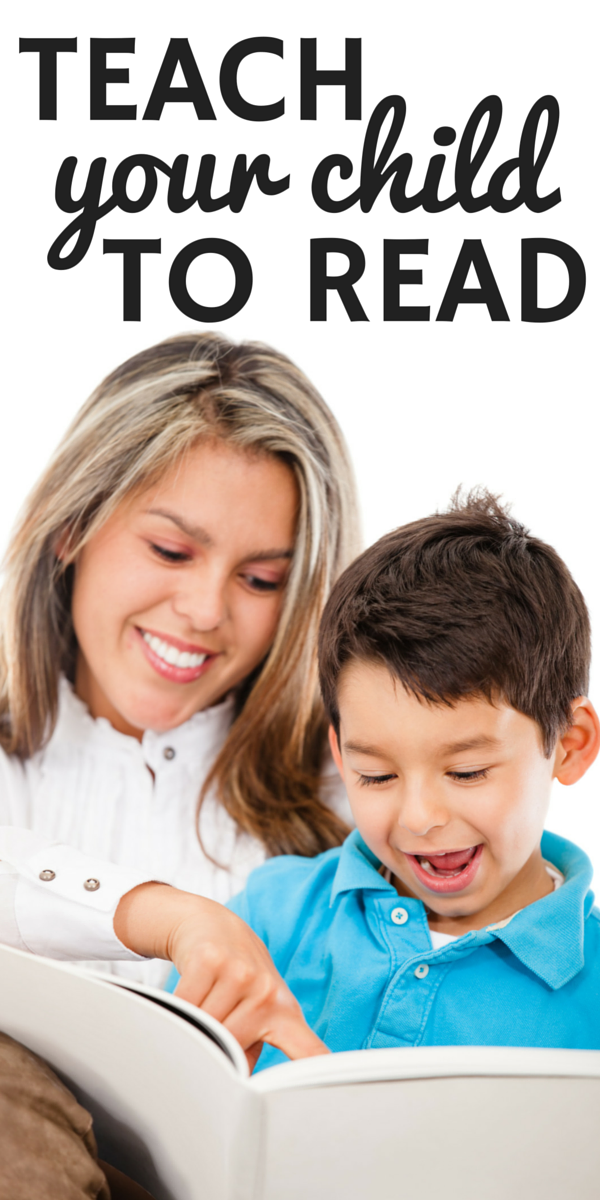 Simply put, the baby will easily understand by ear where the house and the bow are, and where the tom and the hatch are.
Simply put, the baby will easily understand by ear where the house and the bow are, and where the tom and the hatch are. - Your child pronounces all the sounds and has no speech problems.
Natalia Zharikova
Speech therapist with 33 years of experience
A child with speech therapy problems does not hear and does not distinguish similar sounds. From here come errors with speech, and subsequently with reading, and even more often with writing. It is very difficult for a parent to identify violations on their own, so usually a teacher or a speech therapist can point this out to them.
How to teach your child to read
Be patient and follow these simple guidelines.
Set an example
In a family where there is a culture and tradition of reading, children themselves will reach for books. Read not because it is necessary and useful, but because it is a pleasure for you. nine0003
Read together and discuss
Read aloud to the child and then look at the pictures together, encouraging them to interact with the book: “Who is this picture? Can you show me the cat's ears? And who is that standing next to her?” Older children can be asked more difficult questions: “Why did he do this? What do you think will happen next?"
Don't learn the letters as they are called in the alphabet
Instead, help your child remember the sound the letter makes. For example, you show the letter "m" and say: "This is the letter m (not em )". If a child remembers the alphabetic names of letters ( em , es, ef and so on), it will be quite difficult for him to learn to read. Then, when he sees the word ra-ma in the book, he will try to pronounce er-a-um-a .
For example, you show the letter "m" and say: "This is the letter m (not em )". If a child remembers the alphabetic names of letters ( em , es, ef and so on), it will be quite difficult for him to learn to read. Then, when he sees the word ra-ma in the book, he will try to pronounce er-a-um-a .
Go from simple to complex
Once the child has memorized a few letters (from 2 to 5) and the sounds they represent, move on to syllables. Let the words consisting of repeated syllables be the first: mum, dad, uncle, nanny . In this case, it is not necessary to break the syllable into separate sounds. Do not say: "These are the letters m and a , and together they read ma ". Immediately learn that the syllable is pronounced like ma , otherwise the baby may start to read letter by letter. After mastering simple combinations, move on to more complex ones: cat, zhu-k, house .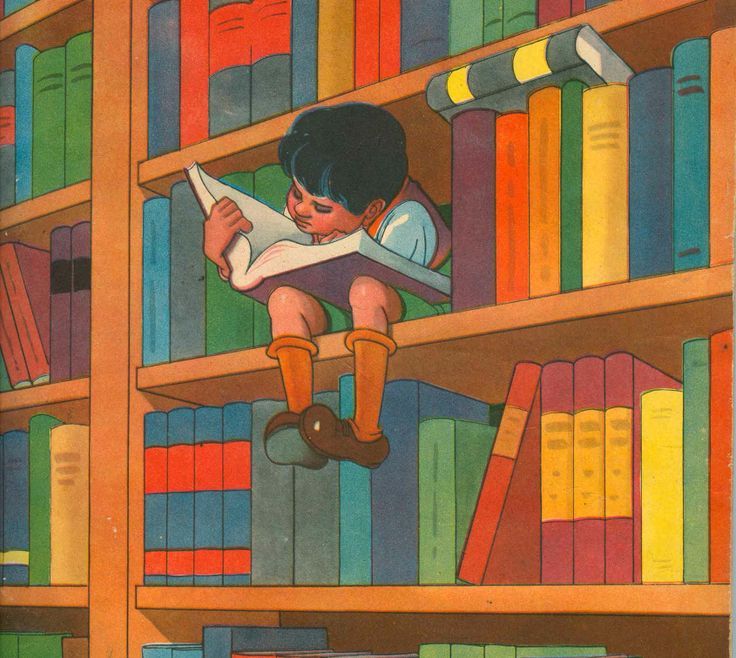
Help to understand the meaning of what they read
Do this when the child begins to slowly but surely reproduce words and whole sentences in syllables. For example, the kid read: "Mom washed the frame." Stop and ask: “What did you just read about?”. If he finds it difficult to answer, let him read the sentence again. And you ask more specific questions: “Who washed the frame? What did mom wash? nine0003
Show that letters are everywhere
Play a game. Let the child find the letters that surround him on the street and at home. These are the names of stores, and memos on information stands, and advertising on billboards, and even traffic light messages: it happens that the inscription “Go” lights up on green, and “Wait so many seconds” on red.
Play
And play again. Stack blocks with letters and syllables, make up words, ask your child to read you some kind of sign or inscription on the packaging in the store. nine0003
Natalia Zharikova
There are many exercises for memorizing letters.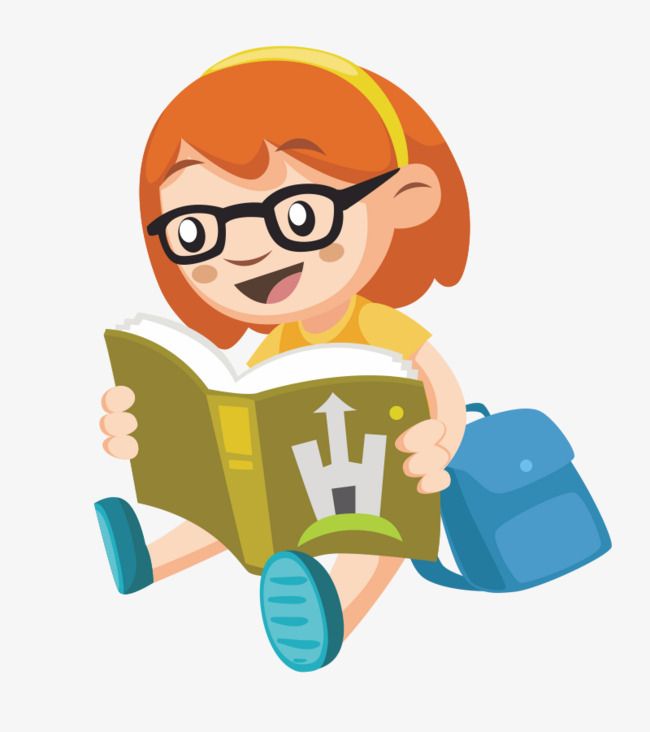 For example, circle the desired letter among a number of others, circle the correctly written among the incorrect ones, color or shade. You can also ask the child to tell what the letter looks like.
For example, circle the desired letter among a number of others, circle the correctly written among the incorrect ones, color or shade. You can also ask the child to tell what the letter looks like.
Use every opportunity to practice
Whether you are waiting in line at the clinic or driving somewhere, take out a book with pictures and short stories to accompany them and invite your child to read together. nine0003
Build on your success
Repeat familiar texts, look for familiar characters in new stories. Runaway Bunny is found both in "Teremka" and "Kolobok".
Do not force
This is perhaps the most important thing. Don't take away a child's childhood. Learning should not go through violence and tears.
What techniques to use to teach your child to read
Here are six popular, affordable and effective techniques. Choose one or try several and choose the one that interests your child the most. nine0003
1. ABCs and primers
Frame: This is all mine / YouTube Traditional, but the longest way.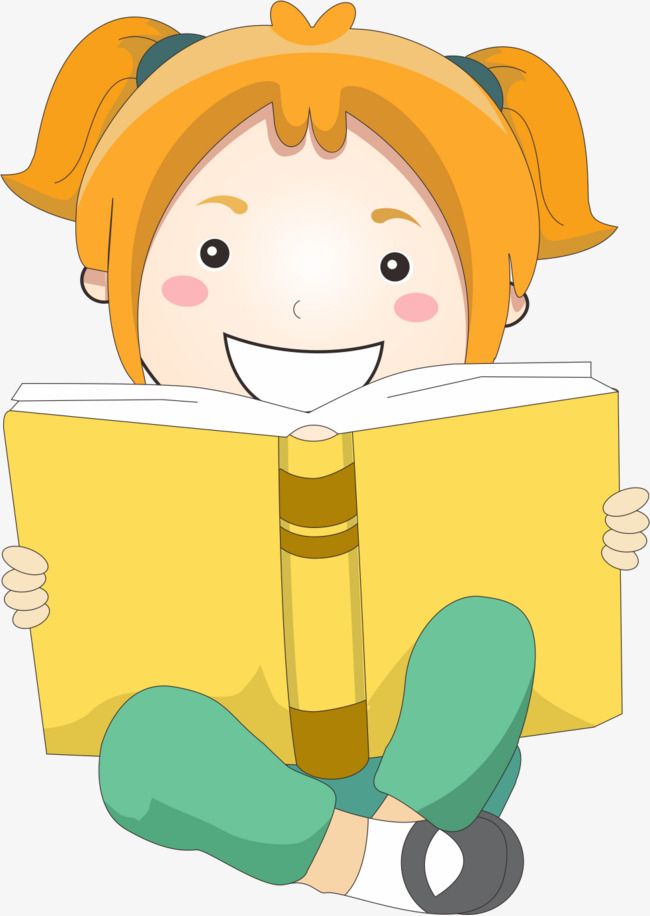 The difference between these books is that the alphabet fixes each letter with a mnemonic picture: a drum will be drawn on the page with B , and a spinning top next to Yu . The alphabet helps to remember letters and often interesting rhymes, but will not teach you how to read.
The difference between these books is that the alphabet fixes each letter with a mnemonic picture: a drum will be drawn on the page with B , and a spinning top next to Yu . The alphabet helps to remember letters and often interesting rhymes, but will not teach you how to read.
The primer consistently teaches the child to combine sounds into syllables, and syllables into words. This process is not easy and requires perseverance. nine0003
There are quite a lot of author's primers now. According to the books of Nadezhda Betenkova, Vseslav Goretsky, Dmitry Fonin, Natalya Pavlova, children can study both with their parents before school and in the first grade.
Parents agree that one of the most understandable methods for teaching preschoolers is Nadezhda Zhukova's primer. The author simply explains the most difficult thing for a child: how to turn letters into syllables, how to read ma-ma , and not start naming individual letters me-a-me-a .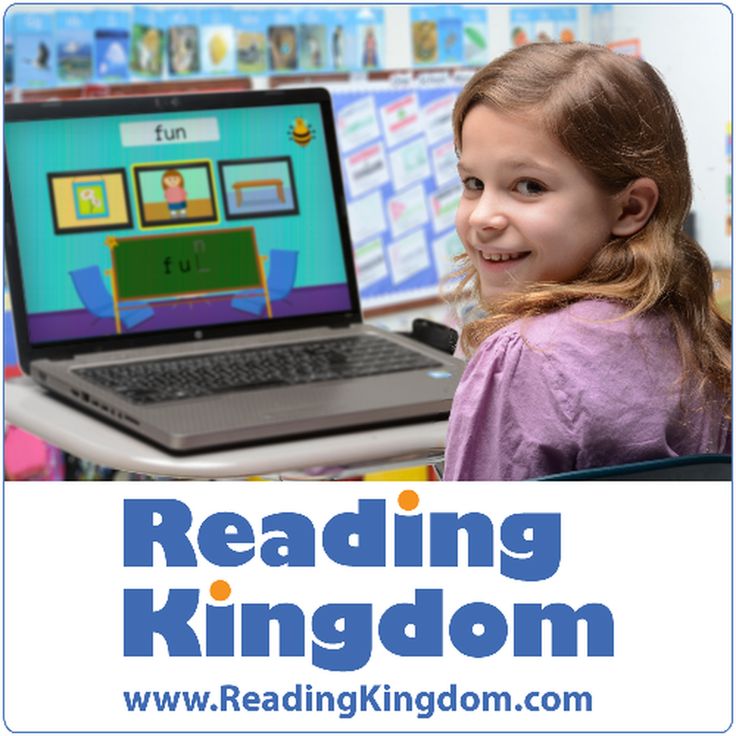
2. Zaitsev's Cubes
Shot: Little Socrates / YouTubeIf a child consistently masters letters and syllables while learning from an ABC book, then in 52 Zaitsev's Cubes he is given access to everything at once: a single letter or combinations of consonant and vowel, consonant and hard or soft sign.
The child effortlessly learns the differences between voiceless and voiced sounds, because the cubes with voiceless consonants are filled with wood, and the cubes with voiced consonants are filled with metal. nine0003
The cubes also differ in size. The large ones depict hard warehouses, the small ones - soft ones. The author of the technique explains this by the fact that when we pronounce to (hard warehouse), the mouth opens wide, nor (soft warehouse) - lips in a half smile.
The set includes tables with warehouses that the parent sings (yes, he doesn’t speak, but sings).
The child quickly masters warehouse reading with the help of cubes. But there are also disadvantages: he may begin to swallow endings and face difficulties already at school when parsing a word by composition. nine0003
3. "Skladushki" and "Teremki" by Vyacheslav Voskobovich
Frame: Play and Toy Club / YouTubeIn "Skladushki" Vyacheslav Voskobovich reworked Zaitsev's idea: 21 cards show all the warehouses of the Russian language with nice thematic pictures. Included is a CD with songs, the texts of which go under each picture.
Folders are great for kids who like looking at pictures. Each of them is an occasion to discuss with the child where the kitten is, what the puppy is doing, where the beetle flew.
nine0003
It is possible to teach a child with these cards from the age of three. At the same time, it should be noted that the author of the methodology himself does not consider it necessary to force early development.
"Teremki" by Voskobovich consist of 12 wooden cubes with consonants and 12 cardboard cubes with vowels. First, the child gets acquainted with the alphabet and tries with the help of parents to come up with words that begin with each of the letters.
Then it's time to study the syllables. In the tower with the letter M is embedded A - and the first syllable is ma . From several towers you can lay out words. Learning is based on play. So, when replacing the vowel , house will turn into smoke .
You can start playing tower blocks from the age of two. At the same time, parents will not be left alone with the cubes: the kit includes a manual with a detailed description of the methodology and game options.
4. Chaplygin's dynamic cubes
Shot: Both a boy and a girl! Children's channel - We are twins / YouTubeEvgeny Chaplygin's manual includes 10 cubes and 10 movable blocks. Each dynamic block consists of a pair - a consonant and a vowel. The task of the child is to twist the cubes and find a pair.
At the initial stage, as with any other method of learning to read in warehouses, the child makes the simplest words from repeating syllables: ma-ma, pa-pa, ba-ba . The involved motor skills help to quickly remember the shape of the letters, and the search for already familiar syllables turns into an exciting game. The cubes are accompanied by a manual describing the methodology and words that can be composed. nine0003
The optimal age for classes is 4-5 years. You can start earlier, but only in the game format.
5. Doman's cards
Frame: My little star / YouTubeAmerican doctor Glenn Doman suggests teaching children not individual letters or even syllables, but whole words. Parents name and show the child the words on the cards for 1-2 seconds. In this case, the baby is not required to repeat what he heard.
Classes start with 15 cards with the simplest concepts like females and males . Gradually, the number of words increases, those already learned leave the set, and the child begins to study phrases: for example, color + object, size + object.
How can one understand that a child has understood and memorized the visual image of a word, if the author of the methodology recommends starting classes from birth? Glenn Doman in "The Harmonious Development of the Child" strongly emphasizes that it is not necessary to arrange tests and checks for the child: kids do not like this and lose interest in classes. nine0003
nine0003
It's better to remember 50 cards out of 100 than 10 out of 10.
Glenn Doman
But given that parents can't help but check, he advises the child to play the game if they want and are ready. For example, you can put a few cards and ask to bring one or point to it.
Today, psychologists, neurophysiologists and pediatricians agree that the Doman method is aimed not at teaching reading, but at mechanical memorization of visual images of words. The child turns out to be an object of learning and is almost deprived of the opportunity to learn something on his own. nine0003
It is also worth adding: in order to proceed to the stage of reading according to Doman, parents need to prepare cards with all (!) Words that are found in a particular book.
6. Montessori method
Photo: Kolpakova Daria / Shutterstock Montessori reading comes from the opposite: first we write and only then we read. Letters are the same pictures, so you first need to learn how to draw them and only then engage in pronunciation and reading. Children begin by tracing and shading the letters, and through this, they memorize their outline. When several vowels and consonants have been studied, they move on to the first simple words. nine0003
Children begin by tracing and shading the letters, and through this, they memorize their outline. When several vowels and consonants have been studied, they move on to the first simple words. nine0003
Much attention is paid to the tactile component, so children can literally touch the alphabet cut out of rough or velvety paper.
The value of the method lies in learning through play. So, you can put a rough letter and a plate of semolina in front of the child and offer to first circle the sign with your finger, and then repeat this on the semolina.
The difficulty for parents is to purchase or prepare a significant amount of handouts. But you can try to make cards with your own hands from cardboard and sandpaper. nine0003
What's the result
On the Internet and on posters advertising "educators", you will be offered ultra-modern methods of teaching your child to read at three, two years old or even from birth. But let's be realistic: a happy mother is needed a year, not developmental classes.
But let's be realistic: a happy mother is needed a year, not developmental classes.
The authors of the methods as one insist that the most natural learning process for a child is through play, and not through classes in which the parent plays the role of a strict controller. Your main assistant in learning is the curiosity of the child himself. nine0003
Some children will study for six months and start reading at three, others have to wait a couple of years to learn in just a month. Focus on the interests of the child. If he likes books and pictures, then primers and Folders will come to the rescue. If he is a fidget, then cubes and the Montessori system are better suited.
In learning to read, everything is simple and complex at the same time. If your child often sees you with a book, you have a tradition of reading before bed, your chances of getting your baby interested in reading will increase significantly. nine0003
See also 🧐
- How to teach a child to keep promises
- How to teach a child to say the letter "r"
- How to teach a child to ride a bicycle
- How to teach a child to swim
- How to teach a child to write
How to teach a child to read: techniques from an experienced teacher
At what age should children start learning to read?
“But still, the starting point for the first steps in this matter should not be a specific age, but the child himself.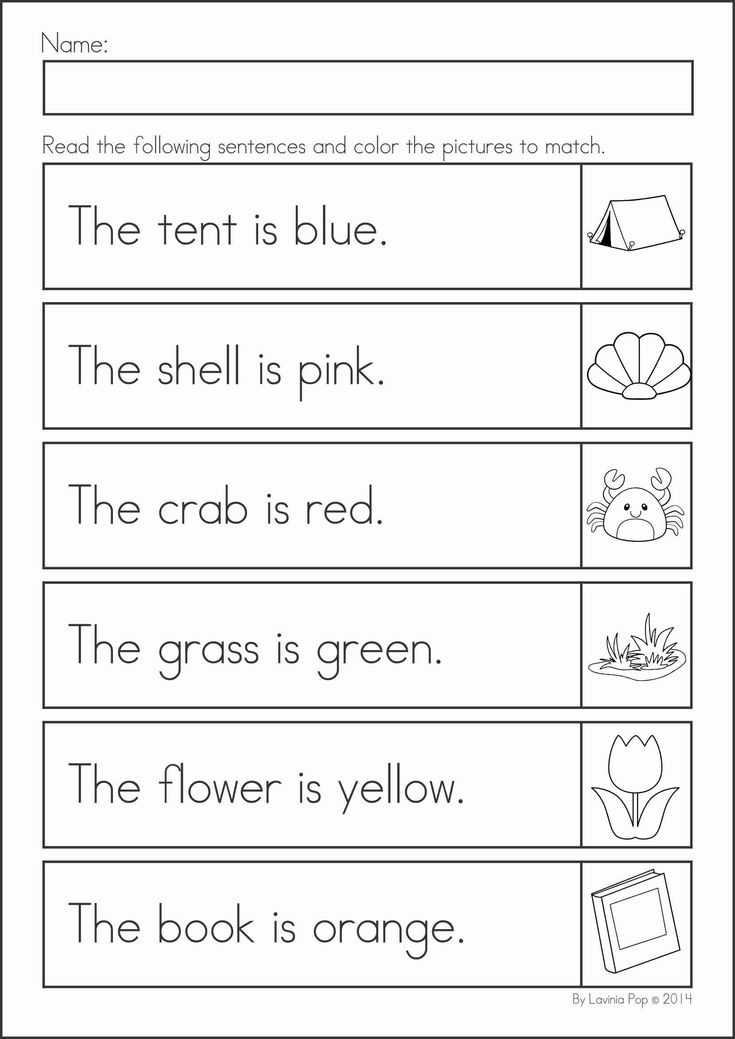 There are children who are ready to master the skill as early as 3-4 years old, and there are those who "mature" closer to grade 1. Once I worked with a boy who could not read at 6.5 years old. He knew letters, individual syllables, but he could not read. As soon as we began to study, it became clear that he was absolutely ready for reading, in two months he began to read perfectly in syllables, ”said Speranskaya. nine0003
There are children who are ready to master the skill as early as 3-4 years old, and there are those who "mature" closer to grade 1. Once I worked with a boy who could not read at 6.5 years old. He knew letters, individual syllables, but he could not read. As soon as we began to study, it became clear that he was absolutely ready for reading, in two months he began to read perfectly in syllables, ”said Speranskaya. nine0003
How to teach a child to read quickly and correctly
The first thing you need to teach your baby is the ability to correlate letters and sounds. “In no case should a child be taught the names of letters, as in the alphabet: “em”, “be”, “ve”. Otherwise, training is doomed to failure. The preschooler will try to apply new knowledge in practice. Instead of reading [mom], he will read [me-a-me-a]. You are tormented by retraining, ”the speech therapist warned.
Therefore, it is important to immediately give the child not the names of the letters, but the sounds they represent.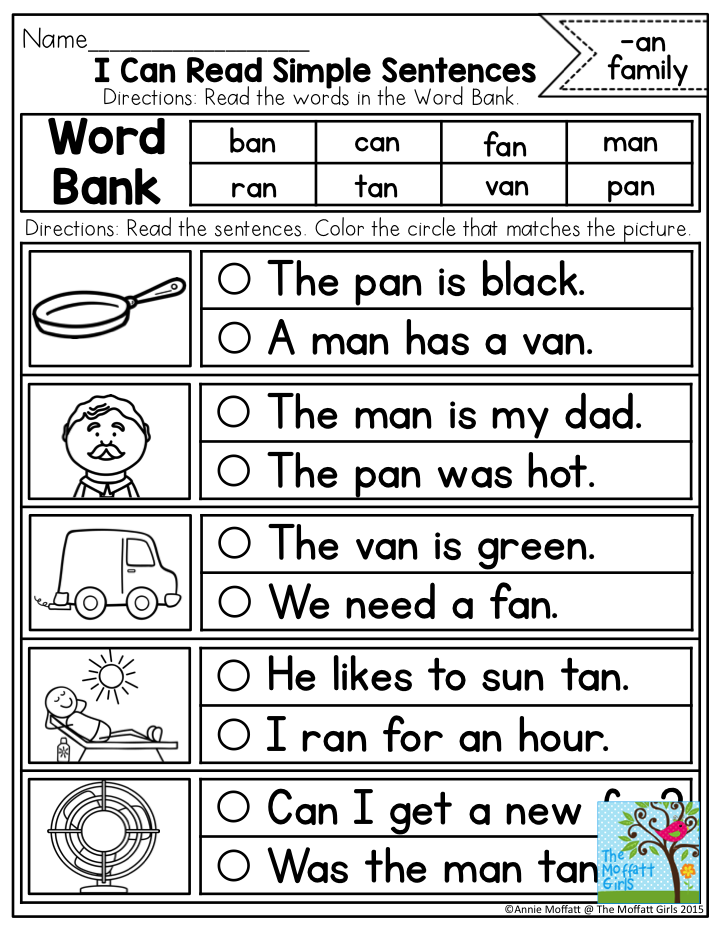 Not [be], but [b], not [em], but [m]. If the consonant is softened by a vowel, then this should be reflected in the pronunciation: [t '], [m'], [v '], etc. nine0003
Not [be], but [b], not [em], but [m]. If the consonant is softened by a vowel, then this should be reflected in the pronunciation: [t '], [m'], [v '], etc. nine0003
To help your child remember the graphic symbols of letters, make a letter with him from plasticine, lay it out using buttons, draw with your finger on a saucer with flour or semolina. Color the letters with pencils, draw with water markers on the side of the bathroom.
“At first it will seem to the child that all the letters are similar to each other. These actions will help you learn to distinguish between them faster, ”said the speech therapist.
As soon as the baby remembers the letters and sounds, you can move on to memorizing syllables. nine0003
close
100%
How to teach your child to join letters into syllables
“Connecting letters into syllables is like learning the multiplication table. You just need to remember these combinations of letters, ”the speech therapist explained.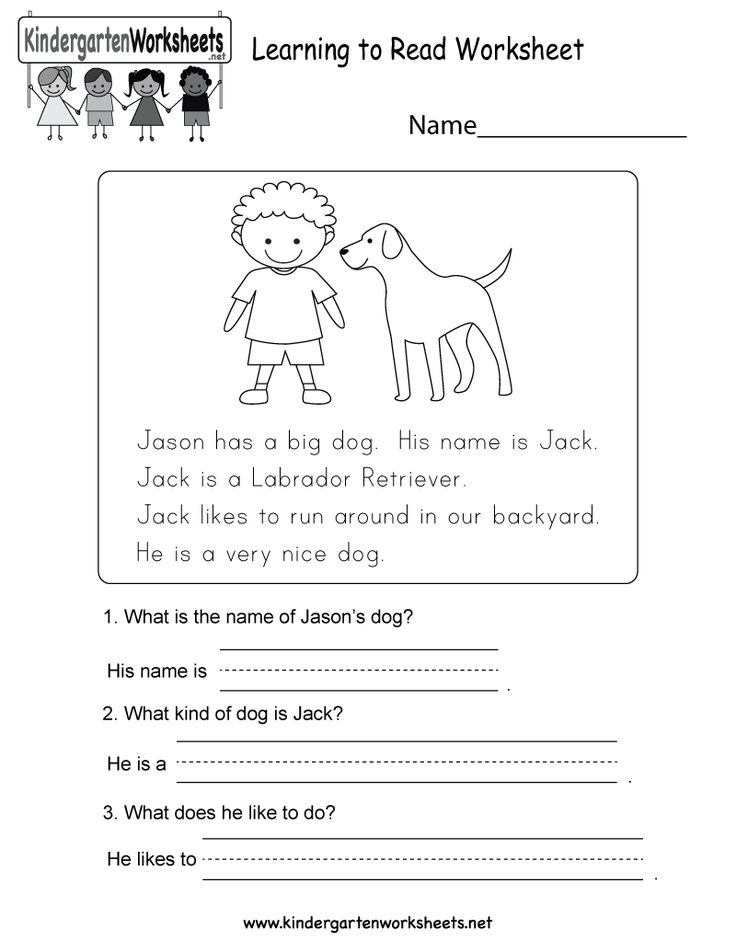
Naya Speranskaya noted that most of the manuals offer to teach children to read exactly by syllables. When choosing, two nuances should be taken into account:
1. Books should have little text and a lot of pictures.
2. Words in them should not be divided into syllables using large spaces, hyphens, long vertical lines. nine0003
“All this creates visual difficulties in reading. It is difficult for a child to perceive such a word as something whole, it is difficult to “collect” it from different pieces. It is best if there are no extra spaces or other separating characters in the word, and syllables are highlighted with arcs directly below the word, ”the speech therapist explained.
According to Speranskaya, cubes with letters are also suitable for studying syllables - playing with them, the child will quickly remember the combinations.
Another way to gently help your child learn letters and syllables is to print them in large print on paper and hang them all over the apartment. nine0003
nine0003
“Hang them on the refrigerator, on the board in the nursery, on the wall in the bathroom. When such leaflets are hung throughout the apartment, you can inadvertently return to them many times a day. Do you wash your hands? Read what is written next to the sink. Is the child waiting for you to give him lunch? Ask him to name which syllables are hanging on the refrigerator. Do a little, but as often as possible. Step by step, the child will learn the syllables, and then slowly begin to read,” the specialist said.
Speranskaya is sure that in this way the child will learn to read much faster than after daily classes, when parents seat the child at the table with the words: "Now we will study reading ..."
“If it is really difficult for you to give up such activities, then pay attention that the nervous system of preschoolers is not yet ripe for long and monotonous lessons. Children spend enormous efforts on the analysis of graphic symbols. Learning to read for them is like learning a very complex cipher. Therefore, it is necessary to observe clear timing in such classes. At 5.5 years old, children are able to hold attention for no more than 10 minutes, at 6.5 years old - 15 minutes. That's how long one lesson should last. And there should be no more than one such “lessons” a day, unless, of course, you want the child to lose motivation for learning even before school,” the speech therapist explained. nine0003
Therefore, it is necessary to observe clear timing in such classes. At 5.5 years old, children are able to hold attention for no more than 10 minutes, at 6.5 years old - 15 minutes. That's how long one lesson should last. And there should be no more than one such “lessons” a day, unless, of course, you want the child to lose motivation for learning even before school,” the speech therapist explained. nine0003
How to properly explain to a child how to divide words into syllables
When teaching a child to divide words into syllables, use a pencil. Mark syllables with a pencil using arcs.
close
100%
“Take the word dinosaur. It can be divided into three syllables: "di", "but", "zavr". The child will read the first syllables without difficulty, but it will be difficult for him to master the third. The kid cannot look at three or four letters at once. Therefore, I propose to teach to read not entirely by syllables, but by the so-called syllables. This is when we learn to read combinations of consonants and vowels, and we read the consonants separately.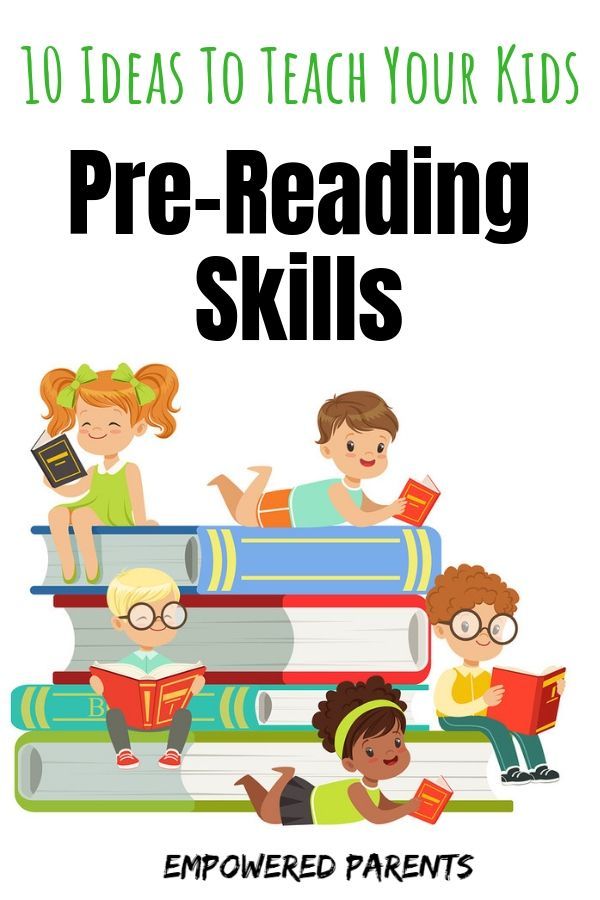 For example, we will read the word "dinosaur" like this: "di" "but" "for" "in" "p" The last two letters are read separately from "for". If you immediately teach a child to read by syllables, he will quickly master complex words and move on to fluent reading, ”the speech therapist is sure. nine0003
For example, we will read the word "dinosaur" like this: "di" "but" "for" "in" "p" The last two letters are read separately from "for". If you immediately teach a child to read by syllables, he will quickly master complex words and move on to fluent reading, ”the speech therapist is sure. nine0003
In a text, syllables can be denoted in much the same way as syllables. Vowel + consonant with the help of an arc, and a separate consonant with the help of a dot.
Naya Speranskaya gave parents a recommendation to memorize syllables/syllable fusions for as long as possible, and move on to texts only when the child suggests it himself.
“If a preschooler is not eager to read, then there is no need to put pressure on him. Automate syllables. Do not hurry. Learning should take place gradually, from simple to complex. The reading technique develops over time, ”added Speranskaya. nine0003
Another important clarification from the speech therapist: when the child begins to read words and then sentences, parents need to clarify the meaning of what they read.